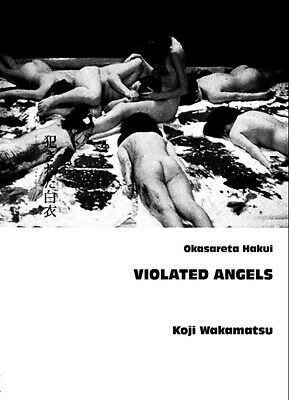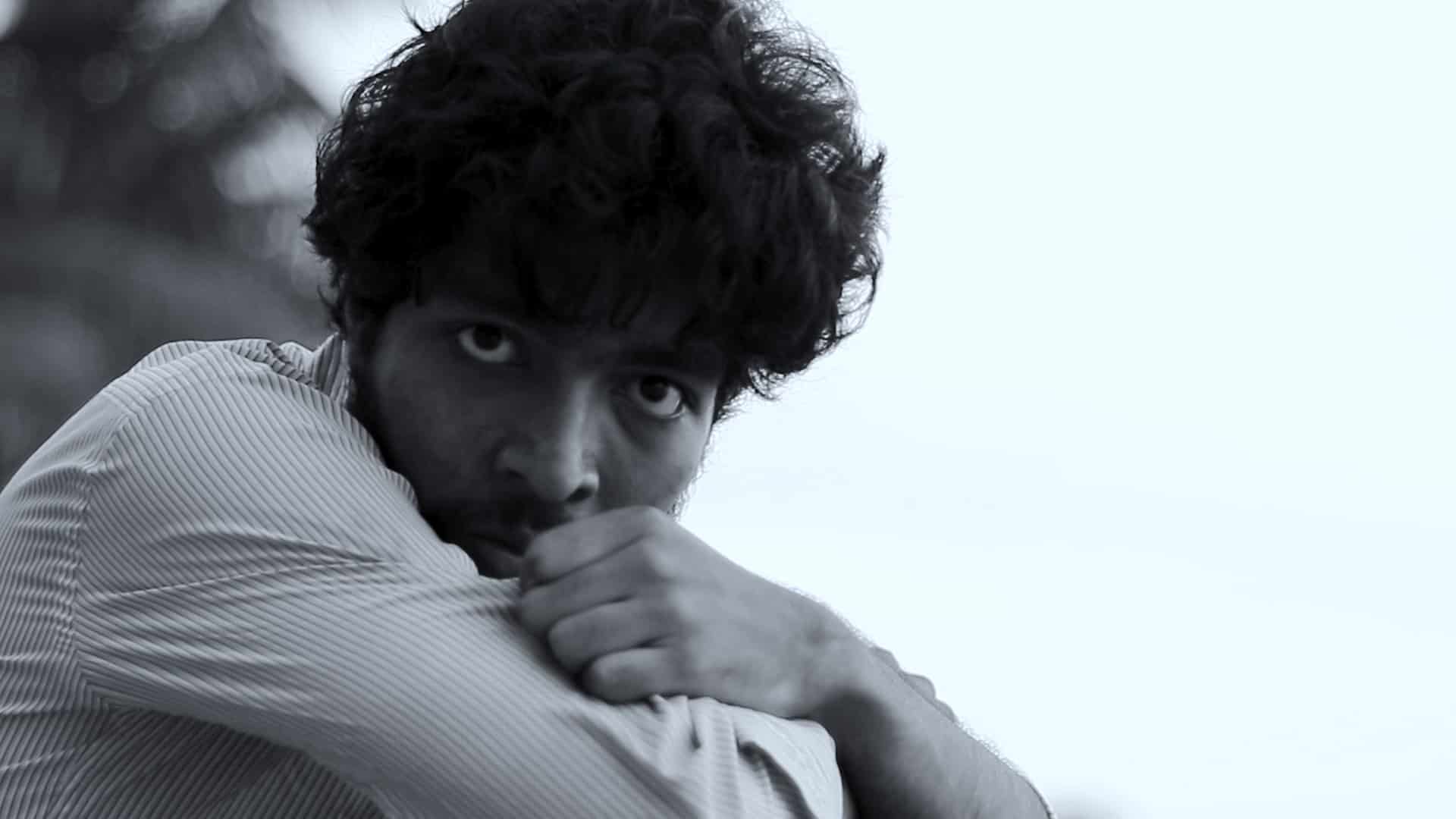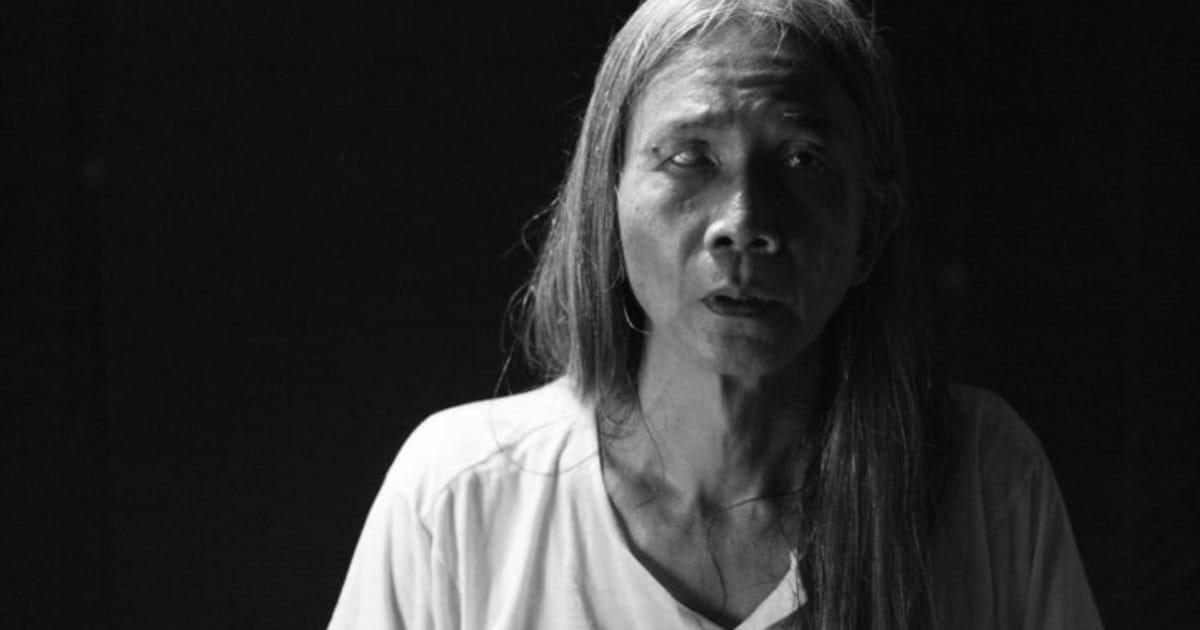One of Wakamatsu's most infamous titles, which, for the particular director's oeuvre really says something, “Violated Angels” was his second film to screen in Cannes in 1971, along with “Sex Jack”, and followed a somewhat similar fate, by getting distribution after the festival but being banned in a number of countries. The movie was inspired by a real-life incident that took place in Chicago the previous year, when Richard Speck massacred eight student nurses, and was shot in only three days, as long as the actual incident lasted.
The, as always, minimalist narrative takes place inside a dormitory, where, as the “story” begins, a number of female nurses are peeking at two of them having sex. One of the “voyeurs” spots a passerby walking outside their dormitory, and decides to invite him in to watch the spectacle with them. Alas, the man's first reaction is to kill one of the two women who were having sex with his gun, immediately spreading terror among the stupefied rest. The rest of the film proceeds in the same way, with the stranger bounding, hitting, raping, torturing and killing the rest of the girls, with the exception of one, while a number of intense philosophical discussions occasionally interrupt all the violence.
Although seemingly simple through its exploitation approach, the narrative is actually quite layered contextually and rather impressive cinematically, including a number of sequences that have become iconic. Wakamatsu implements an approach that becomes avant-guarde a number times, while the close ups to the faces of the protagonists highlight their antithetical sentiments about the events, and also stress Hideo Ito's cinematography, who, additionally, creates a truly claustrophobic setting. The intense sounds of the pistol shots and of the wind howling, the jump-cuts, the freeze frames, but most of all, the colored scene in the end are all testaments to the cinematic value of the film.

Furthermore, through the excellent, highly improvised performance of Juro Kara in the protagonist role, Wakamatsu adds much context to the film, highlighting his oedipal complex, particularly through his interaction with the last survivor, who is also the oldest there. Furthermore, an intense immaturity that crosses over to sociopathic tendencies, as the stranger treats the girls as his perverse toys, instead of human beings, adds even more to a rather thorough if somewhat absurd portrait. Lastly, the finale, with the police raiding the house and the juxtaposition with actual footage of students fighting with the police and newspaper titles from the war on Vietnam, seem to suggest that the man is actually a “product” of the tumultuous he is living in, in an excellent sequence that also emerges as a testament to Fumio Tomita's work in the editing of the film.
On another aspect, and inside this combination of exploitation and sociopolitical comments, the movie also emerges as quite sensual, particularly since the cast comprises of some of the most beautiful women in Wakamatsu's oeuvre. Keiko Koyanagi, Miki Hayashi, Ayako Kidowaki, Makiko Saegusa and Kyoko Yayoi all look great as they are presented in all their naked glory, also emphasizing Wakamatsu's excellent work in their presentation.
“Violated Angels” is another quite difficult film to watch from Wakamatsu, but the artistry here is more than evident, and in combination with the comments of the finale allow the movie to emerge as one of the best of this period in his filmography, and definitely rise above all the grotesqueness that surrounds it.
















